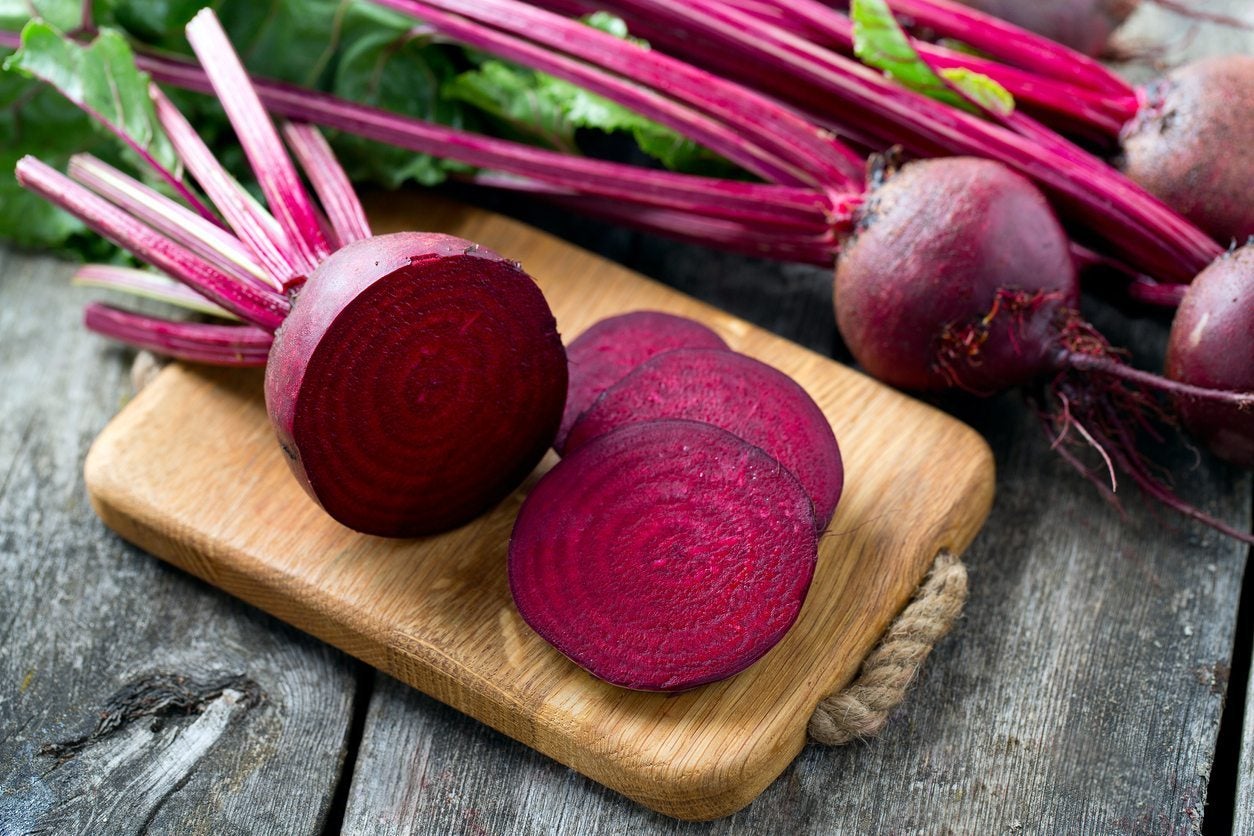Making Beets Sweet: Tips For Growing Beets That Are Sweeter

Beets, once fit only to be saturated in vinegar brine, has a new look. Today’s cooks and gardeners now know the value of the nutritious beet greens as well as the root. If you’re old school, however, and hanker after the sweet beet varieties, there are plenty to choose from. Of course, degree of sweetness is subjective; one person may consider certain beets sweeter and another not so much. Is there a way of making beets sweeter? There are definitely some helpful secrets to growing sweet beets. Read on to find out how to grow sweeter beets.
Sweet Beet Varieties
Beet aficionados swear by certain beets. Some of the most commonly named forerunners include:
- Chioggia – Chioggia beets are sweet Italian heirlooms with a distinctive red and white striping.
- Detroit Dark Red – Detroit Dark Red is a popular deep red (as its name suggests), round beet that is amenable to a variety of soil and temperature conditions.
- Formanova – Formanova is a cylinder shaped beet that can grow quite long; up to 8 inches (20 cm.) and is perfect for slicing.
- Golden – Golden beets aren’t your average red beet. These carrot colored beauties do taste like sweet red beets but with the added bonus that they don’t bleed all over when sliced into.
- Lutz Greenleaf – Lutz Greenleaf is an unusually large beet that can grow up to four times the size of most beets. That said, for the sweetest of this variety, pick them when small.
There is also a hybrid variety called Merlin, which is said to be one of the sweetest beet varieties you can buy. It has a uniform round shape with a dark red interior.
How to Grow Sweeter Beets
Pretty much every beet I’ve ever tasted seemed sweet to me but, apparently, some are more so than others. Beyond selecting and growing the above listed sweet beets, is there a way of making beets that are sweeter? Some time ago, beet growers were concerned about the declining sugar content of their crops. After some research it was decided that the problem was the soil. That is, too much chemical fertilizer and too little organic matter. So to grow beets that are sweeter, dispense with chemicals and introduce plenty of organic material into the soil at planting. If you must use fertilizer, buy one that contains trace elements. Another reason for a less than sweet beet is water stress. Beets become stronger in flavor and almost bitter and can develop white rings when subjected to a lack of water. The compound that gives beets their characteristic flavor is called geosmin. Geosmin naturally occurs in beets and is more prominent in some varieties than others. The best tasting beets have a balance between sugar and geosmin.
Gardening tips, videos, info and more delivered right to your inbox!
Sign up for the Gardening Know How newsletter today and receive a free copy of our e-book "How to Grow Delicious Tomatoes".

Amy Grant has been gardening for 30 years and writing for 15. A professional chef and caterer, Amy's area of expertise is culinary gardening.
-
 Grow ‘Karl Rosenfield’ Peony Plants For The Ultimate Frilly Border Beauties And Cut Flowers
Grow ‘Karl Rosenfield’ Peony Plants For The Ultimate Frilly Border Beauties And Cut FlowersFor frilly double magenta peony petals infused with a heady fragrance, grow ‘Karl Rosenfield’ peony plants. Here’s how to cultivate the ultimate plushy blooms
By Tonya Barnett
-
 10 Common Composting Problems That Can Spoil Your Garden Gold – Plus Easy Fixes
10 Common Composting Problems That Can Spoil Your Garden Gold – Plus Easy FixesLearn how to troubleshoot common composting issues before they ruin your stash – from bad smells and bugs to materials not breaking down as they should.
By Susan Albert